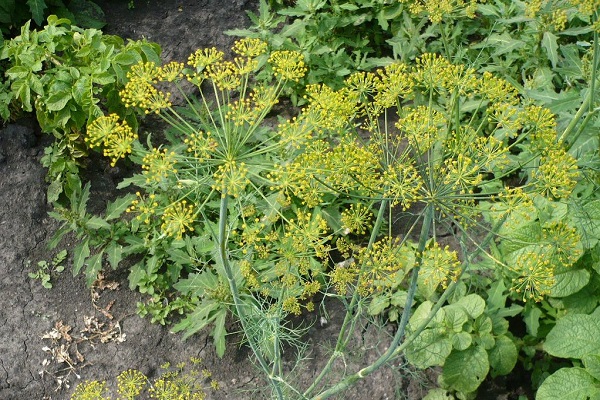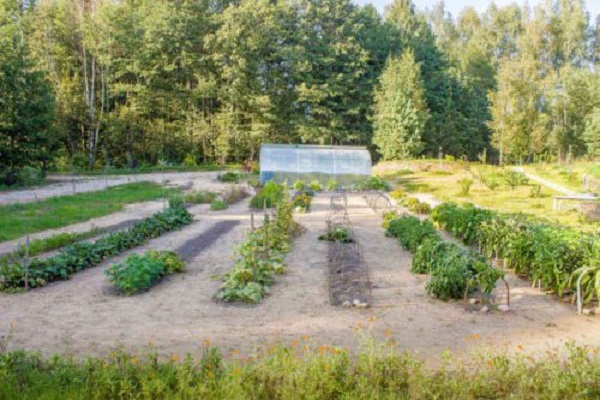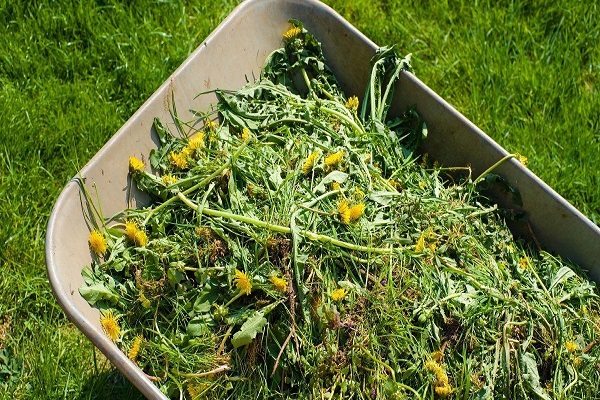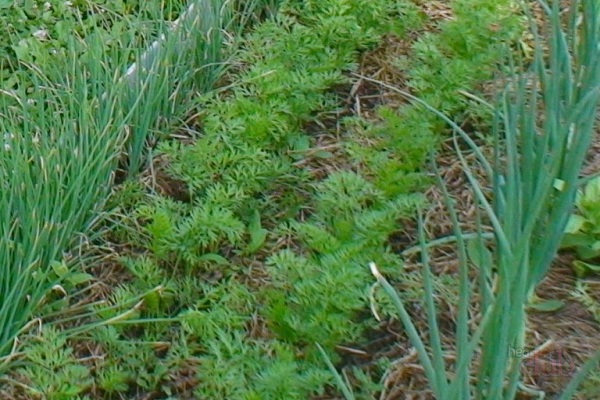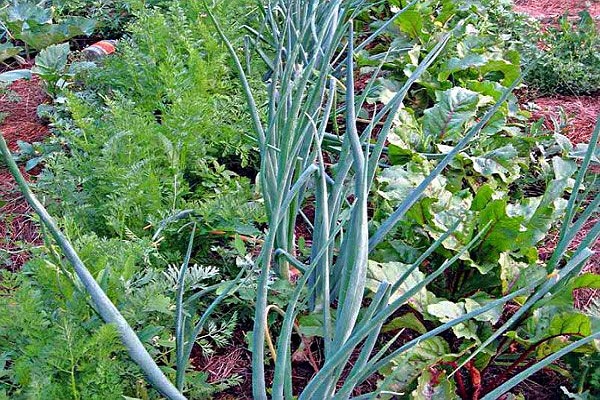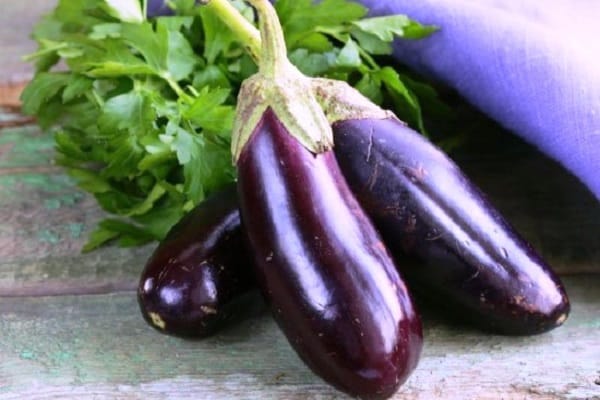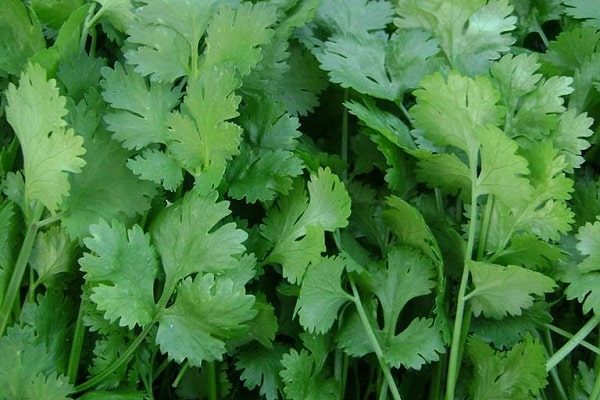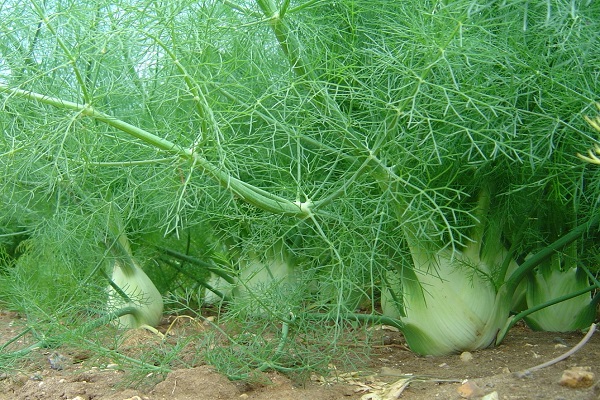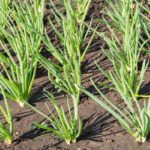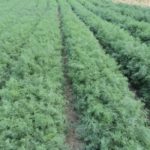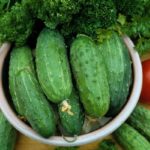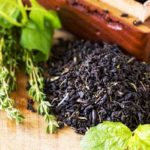Dill, which is dried, frozen, used fresh, often spreads like a weed throughout the garden, drowning out carrots or parsley. It happens, on the contrary, that the seeds do not sprout, and if sprouts do appear, they are thin and weak. Summer residents who are trying to remove unpretentious greens from their plot are wondering what to plant after dill, whether strawberries will grow next season or whether it is better to sow beets and leave room for potatoes or tomatoes.
Is crop rotation important for dill?
An annual herb from the umbrella family of plants, it is found wild in Asia and grown in gardens all over the world.Due to its aroma, it is used as a seasoning and its medicinal properties are used in medicine. The stem of dill reaches a meter or more in height and easily drowns out vegetable crops. He requires little care, is not afraid of slight frosts, and loves:
- moisture and body;
- sunlight;
- fertile land.
The fragrant perennial does not like heavy and acidic soil; it does not always sprout on such soil.
To achieve a good harvest of vegetables, it is necessary to observe crop rotation. The crop receives the maximum useful components from the soil when the place for planting and sowing is regularly changed. In addition, what is grown nearby is also important. Some vegetables have the same diseases and are affected by the same insects.
Green seasoning is less demanding in terms of crop rotation, however, it suffers from aphids, which are very difficult to remove. The invasion of these insects often ends in the death of the crop. To solve the problem, the garden bed needs to be planted with onions; the pest cannot tolerate them. Next year you can sow dill in this place. It is recommended to grow it:
- after tomatoes and cucumbers;
- cabbage and peas;
- corn and beets.
Garlic, which destroys fungal spores that infect vegetable crops, is also a good precursor for aromatic herbs. Dill sown in this place sprouts quickly, suffers less disease, and produces a decent harvest.
Neighbors in the garden
Gardeners who have been growing vegetables for many years know which crops need to be planted nearby so that they grow and bear fruit better. Thanks to the right proximity:
- The land plot is used rationally.
- The soil is less depleted.
- The amount of processing chemicals is reduced.
- Plants get sick less often.
- Productivity increases.
A successful combination of vegetables can not only protect them from pests, but also affect their characteristics. Thanks to the proximity of the sunflower, the cucumbers are crunchy and sweet. Spicy herbs add flavor to tomatoes and improve the taste of tomatoes.
Dill can be sown next to beans, onions, and fennel. When planted with cabbage, the cruciferous plant suffers less from insects. Tall umbrellas hide cucumbers from the heat. A sunflower will be a good neighbor for greenery.
Potato leaves serve as the main food for Colorado potato beetle larvae. The striped arthropod does not like the smell of dill. Some gardeners sow it between the rows; the tall bushes of the nightshade crop are not drowned out by the herb, and the tops suffer less from the pest.
What to plant after dill?
Potatoes, corn, and sunflowers greatly deplete the soil. In order for the earth to “rest” and be saturated with nutrients, greens are sown. Gardeners claim that after dill, zucchini, squash, and pumpkin grow well. It is best to plant it in the place where the crops were grown:
- salad;
- eggplant;
- tomatoes.
Cucumbers, like umbrella cucumbers, suffer from aphid infestations. They can be placed after dill if it was sown in a bed where garlic or onions used to grow, since plants repel such insects.
The green crop serves as a good precursor for peppers, cabbage, potatoes, peas, and beans.
What can’t be planted after dill?
Plants that belong to the same family are usually affected by similar diseases and suffer from the same pests. The list of umbrellas includes:
- parsley and coriander;
- cilantro and cumin;
- fennel and parsnip:
These crops cannot be planted after dill. Experienced gardeners next to the spice do not grow tomatoes, do not sow basil, carrots, lettuce.Vegetable growth slows down as the greens choke them out.
Dill, like other crops, is not recommended to be planted in one place for several years:
- The crop takes nutrients from the soil. Next season, these components will not be enough.
- Products of its vital activity accumulate in the soil, preventing the development of the plant.
- Favorable conditions are created for an increase in the number of pests and the occurrence of diseases.
Compliance with crop rotation and proper proximity helps to avoid major problems and grow a rich harvest of tomatoes, eggplants, potatoes, and herbs.


